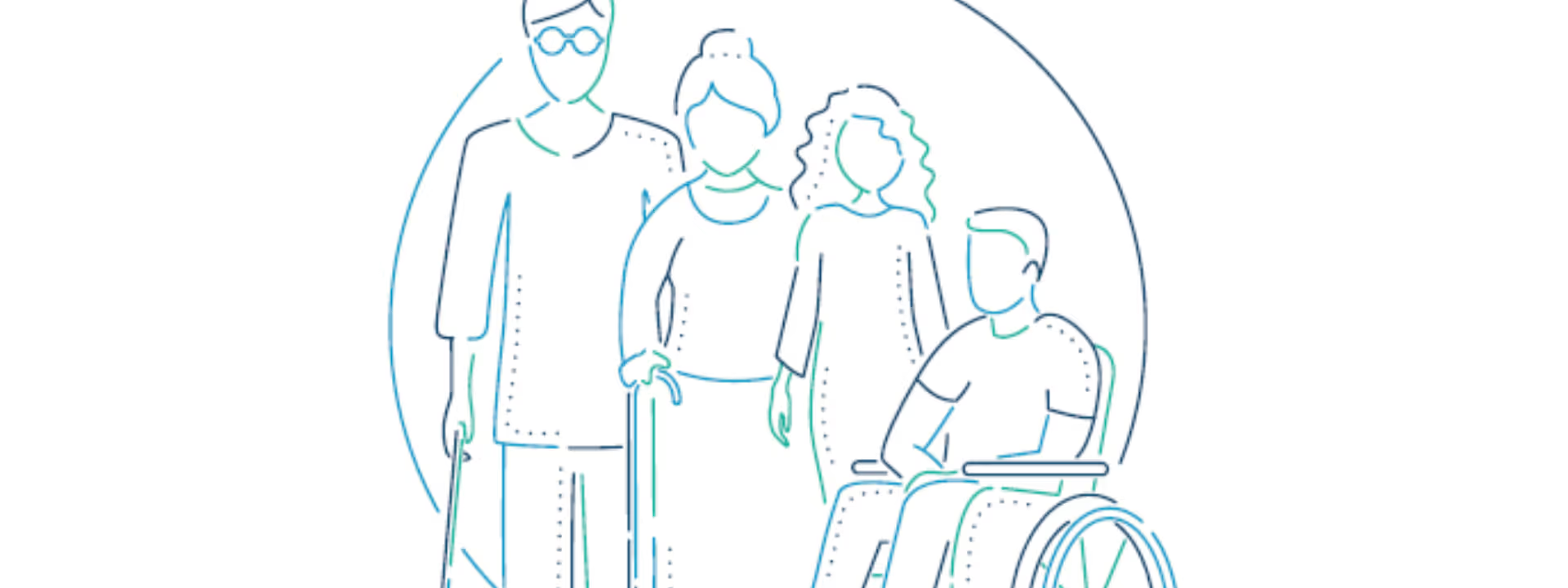Gap Analysis: the Inclusion of People with Disability and Older People in Humanitarian Response (Beyond The Evidence)

Part 2 of the Gap Analysis presents the insights from individuals working in humanitarian response, disability inclusion and older age inclusion.
The Gap Analysis was commissioned by Elrha to build the evidence base on inclusion and to inform priorities for innovation. This was the first ever piece of work to systematically review the evidence on the inclusion of people with disability and older people across humanitarian response.
The Gap Analysis aims to understand the evidence base on inclusion and contribute to more effective and inclusive response. The work has been led by the Nossal Institute for Global Health at the University of Melbourne and supported by Arbeiter-Samariter-Bund’s Office for Indonesia and the Philippines (ASB).
The first part of the Gap Analysis was published in July 2020, which presented the findings of an academic literature review and grey literature review.
Part 2 of the Gap Analysis presents the insights from individuals working in humanitarian response, disability inclusion and older age inclusion. This report begins by looking at how an agenda for the inclusion of people with disability and older people in humanitarian response has been established. The report then considers the ways in which standards and guidance inform humanitarian practice and the challenges associated with translating commitments into practice. Finally, the report identifies seven areas where there are key gaps and opportunities presenting the potential for innovation in research and practice.